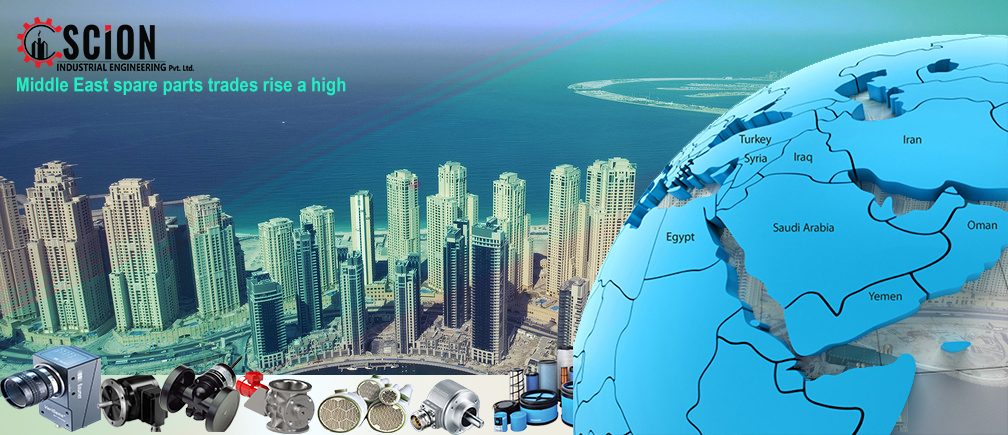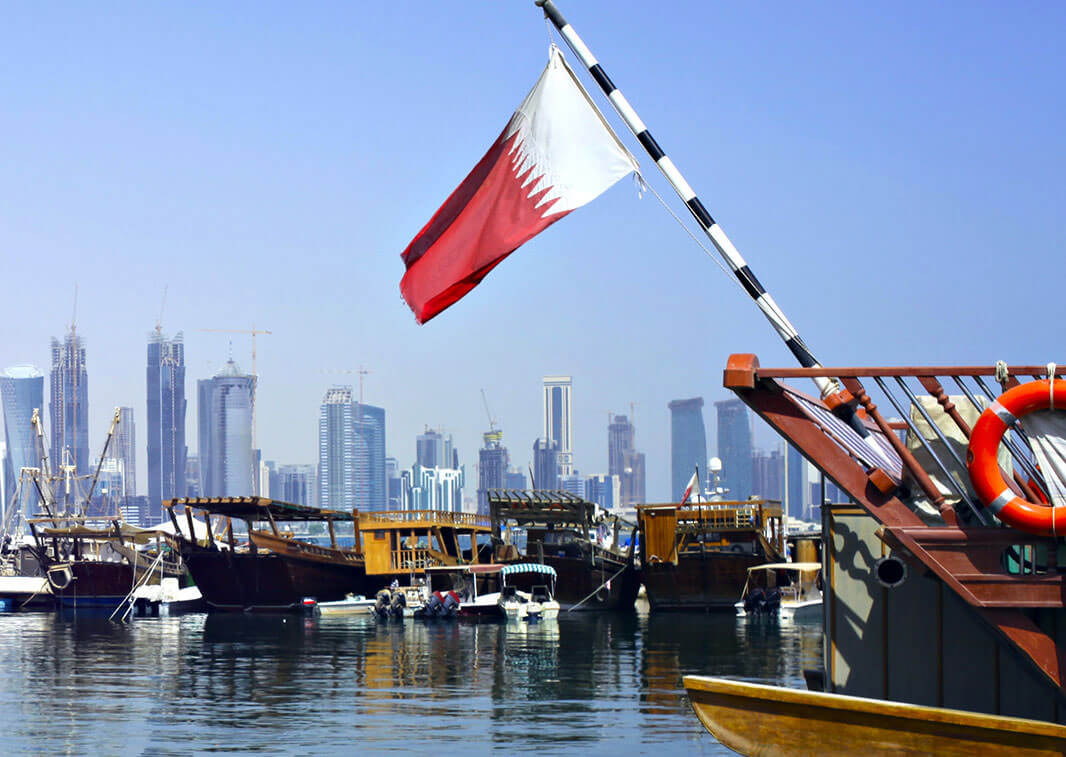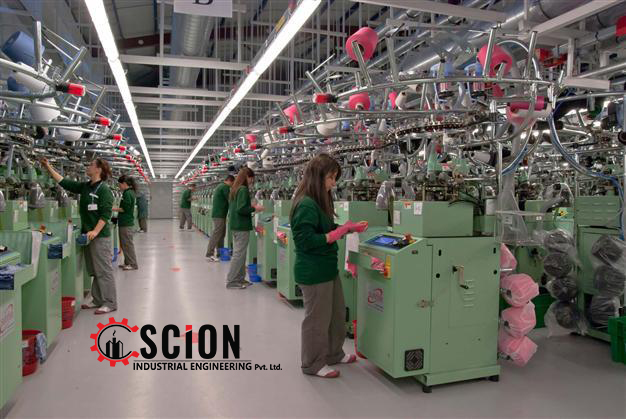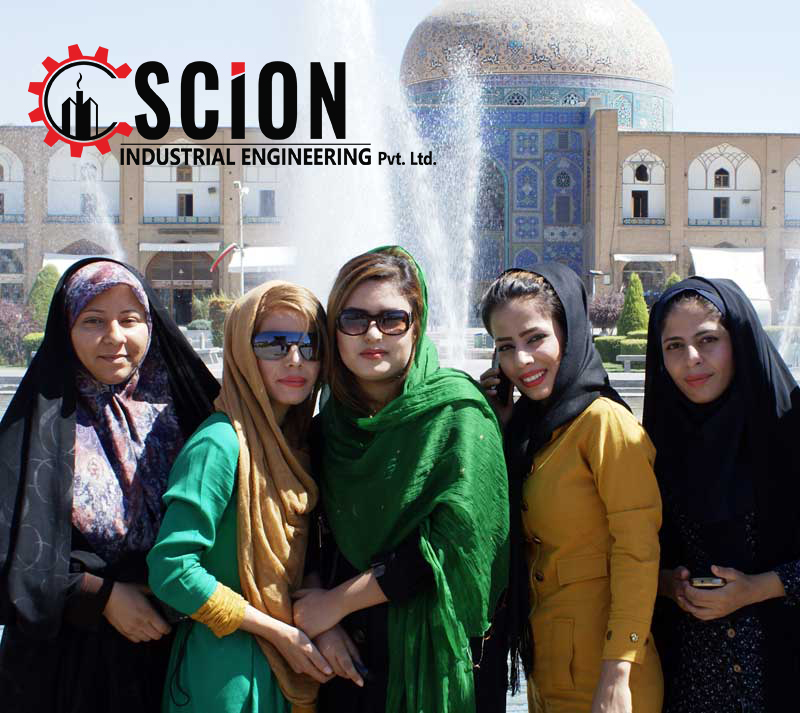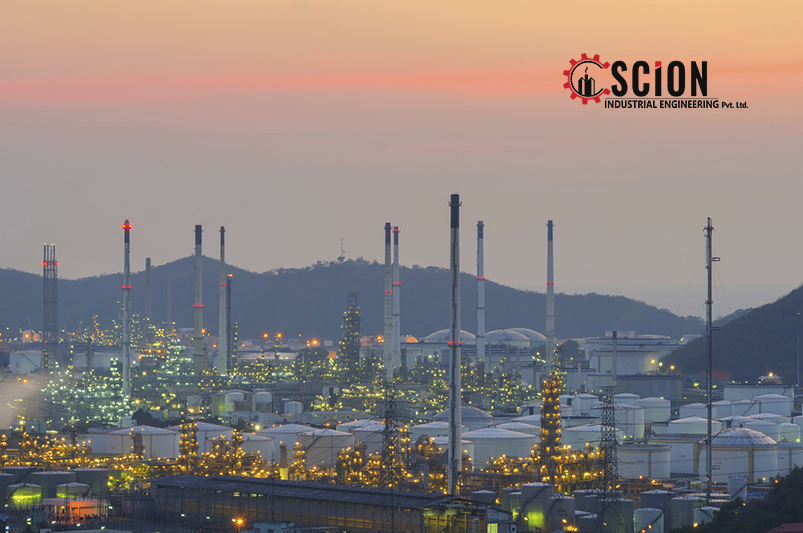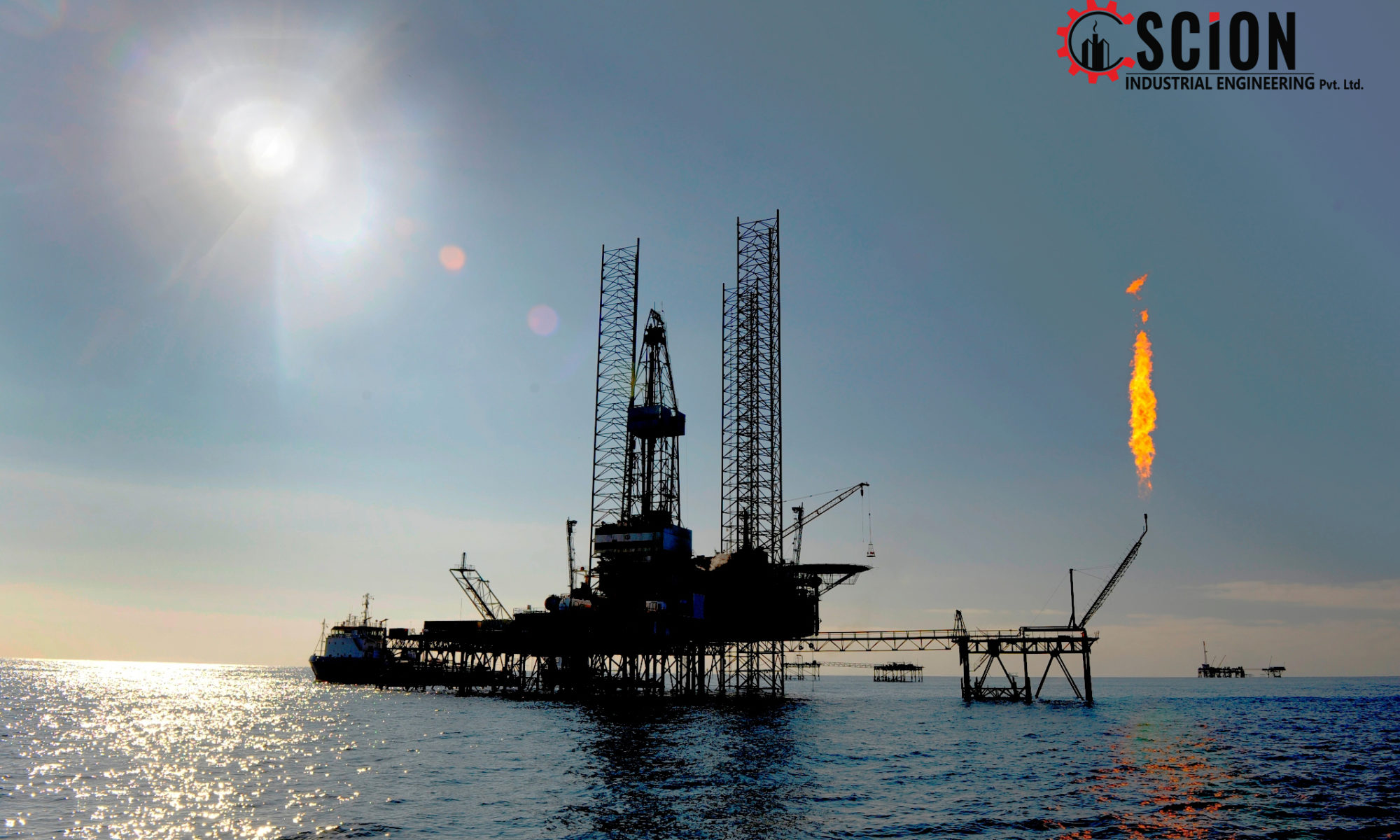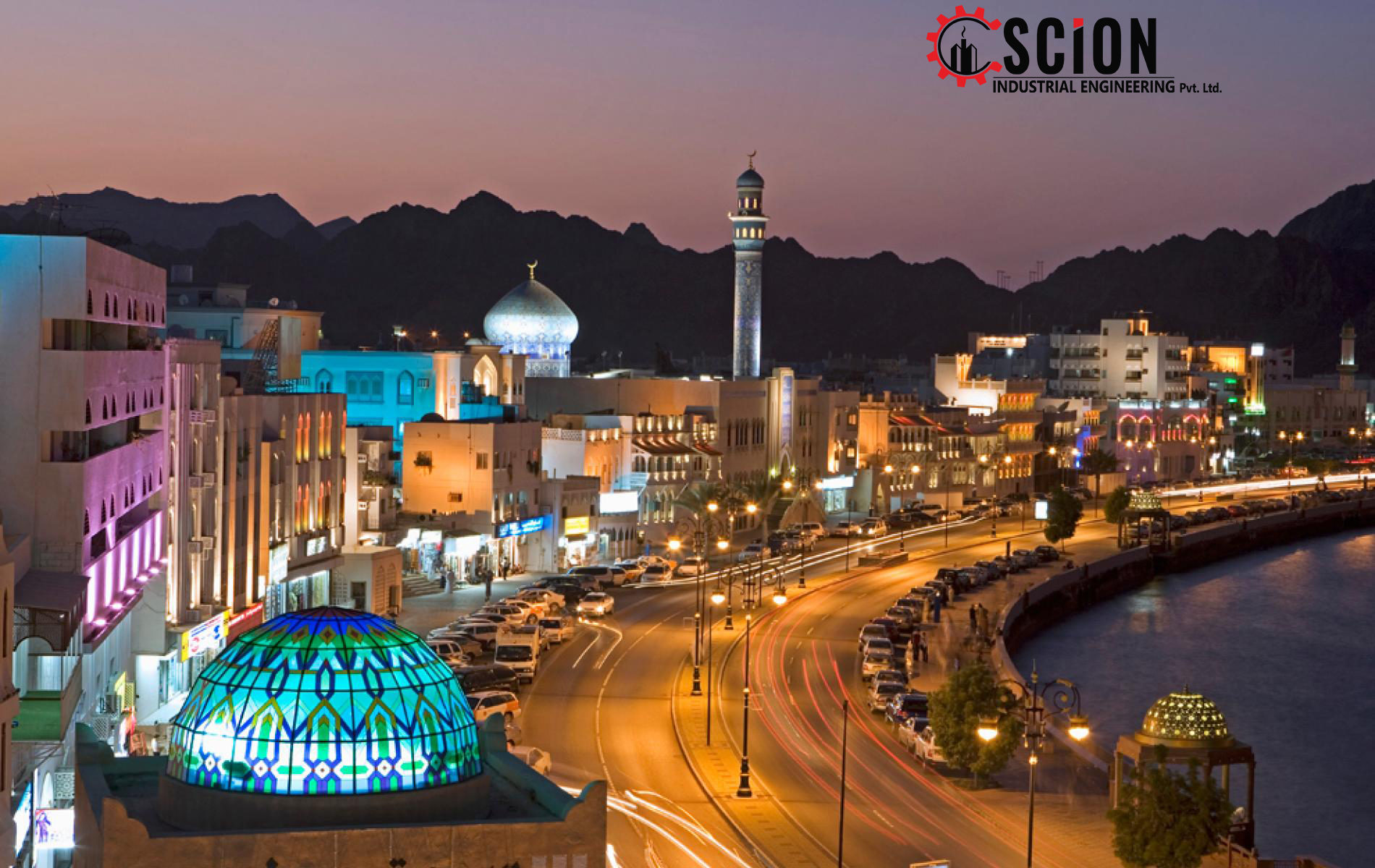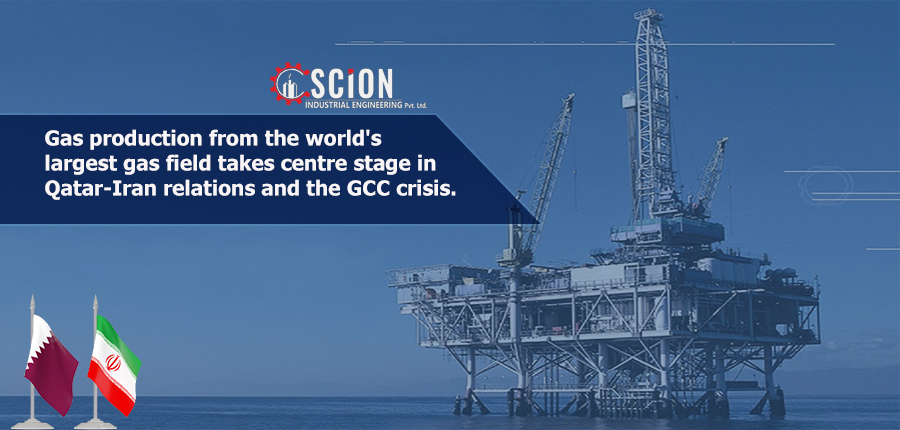Iranian non-oil exports had been growing even before sanctions were lifted by the USA and European Union earlier this month. According to the UNESCO Science Report: towards 2030, released in November last year, ‘companies deprived of oil and gas revenue have shown a propensity to export technical and engineering services to neighbouring countries.’ Since the nuclear deal was signed last July, the World Bank has observed a surge in interest among multinational companies in investing in Iran. One sector attracting attention is Iran’s automotive industry.
After oil and gas, the automotive industry is Iran’s biggest, accounting for about 10% of GDP and employing about 4% of the labour force. There was a boom in local car manufacturing between 2000 and 2013, driven by high import duties and a growing middle class. The imposition of fresh sanctions in July 2013 prevented Iranian companies from importing the vehicle parts upon which domestic cars rely, causing Iran to cede its place to Turkey as the region’s top vehicle manufacturer.
Traditional export markets for Iranian automobiles include Algeria, Azerbaijan, Cameroon, Ghana, Egypt, Iraq, Pakistan, Senegal, Syria, Sudan and Venezuela. The sanctions imposed in 2013 hit automobile exports particularly hard, which had doubled to about 50 000 cars between 2011 and 2012.
The Iranian car market is dominated by Iran Khodro (IKCO) and SAIPA, which are subsidiaries of the state-owned Industrial Development and Renovation Organization. IKCO was founded in 1962 and SAIPA in 1966. Both companies assemble European and Asian cars under license, as well as their own brands. IKCO is the biggest car manufacturer in the Middle East. In 2012, it announced plans to reinvest at least 3% of company sales revenue in R&D.
In 2008 and 2009, the government spent over US$ 3 billion developing infrastructure to enable vehicles to run on compressed natural gas. The aim was to reduce costly petroleum imports, owing to an insufficient refining capacity in Iran. With the world’s biggest natural gas reserves after the Russian Federation, Iran rapidly became the world leader for the number of vehicles running on natural gas: by 2014, there were over 3.7 million on the road.
About 3% of nanotech companies in Iran focus on the automotive industry. Iranian carmakers use nanotechnology to increase customer satisfaction and safety by providing such comforts as anti-stain dashboards, hydrophobic glass planes and anti-scratch paint. In 2009, researchers at Isfahan University of Technology developed a strong but light nanosteel as resistant to corrosion as stainless steel for use in road vehicles but also potentially in aircraft, solar panels and other products. Nanotechnology research has taken off in Iran since the Nanotechnology Initiative Council was founded in 2002. In 2014, Iran ranked seventh worldwide for the volume of papers related to nanotechnology. The number of papers per million inhabitants has consequently risen from 19 in 2009 to 59 in 2013, overtaking Japan (56 per million) and approaching the USA (69 per million) in the process.
The author of the chapter on Iran in the UNESCO Science Report argues that, indirectly, sanctions have accelerated the shift from a resource-based economy to one based on knowledge in Iran. The sanctions have hit the private sector hard, increasing the costs of finance companies and the credit risk of banks, eroding foreign exchange reserves and restricting companies’ access to foreign assets and export markets. Knowledge-based enterprises have been further penalized by limited access to high-quality equipment, research tools, raw materials and technology transfer. Despite this, the number of firms declaring activities involving research and development (R&D) more than doubled between 2006 and 2011, from 30 935 to 64 642. The author argues that, by isolating Iranian companies from the outside world, the sanctions have encouraged them to innovate. By erecting barriers to foreign imports and encouraging knowledge-based enterprises to localize production, they have helped small and medium-sized enterprises develop their business. Moreover, with unemployment high and Iranians well-educated, firms have had no difficulty in recruiting trained staff. The sanctions have also helped to reconcile research and development (R&D) with problem-solving and public interest research in Iran, he argues, after high oil receipts had divorced science from socio-economic preoccupations for many years.
The government first articulated its policy of developing a knowledge economy in 2005 in the document Vision 2025, its recipe for turning Iran into the region’s leading economy by 2025. Even the economic plan adopted by decree in 2014 for an ‘economy of resistance’ in response to the increasingly tough sanctions regime essentially reasserts the goals of Vision 2025.
Vision 2025 foresees an investment of US$ 3.7 trillion by 2025 to finance the transition to a knowledge economy. Much of this amount is to go towards supporting investment in R&D by knowledge-based firms and the commercialization of research results. A law passed in 2010 provides an appropriate mechanism, the Innovation and Prosperity Fund. According to the fund’s president, Behzad Soltani, 4600 billion Iranian rials (circa US$ 171.4 million) had been allocated to 100 knowledge-based companies by late 2014. Public and private universities wishing to set up private firms may also apply to the fund.
The Fifth Five-Year Economic Development Plan (2010–2015) set out to secure second place for Iran behind Turkey in the region in science, technology and innovation (STI). Within the plan, a National Development Fund was established to finance efforts to diversify the economy; by 2013, the fund was receiving 26% of oil and gas revenue.
According to Vision 2025, nearly one-third (US$ 1.3 trillion) of the overall investment in the transition to a knowledge economy is to come from foreign sources, which are to represent 3% of GDP by 2015. This target appeared somewhat optimistic in 2013, when foreign direct investment contributed just 0.8% of GDP. However, given the surge in interest among multinational companies in investing in Iran since the signing of the nuclear agreement last July, this target may now be within reach.
Source:http://www.unesco.org/new/en/media-services/single-view/news/irans_automotive_industry_a_potential_draw_for_investors/


